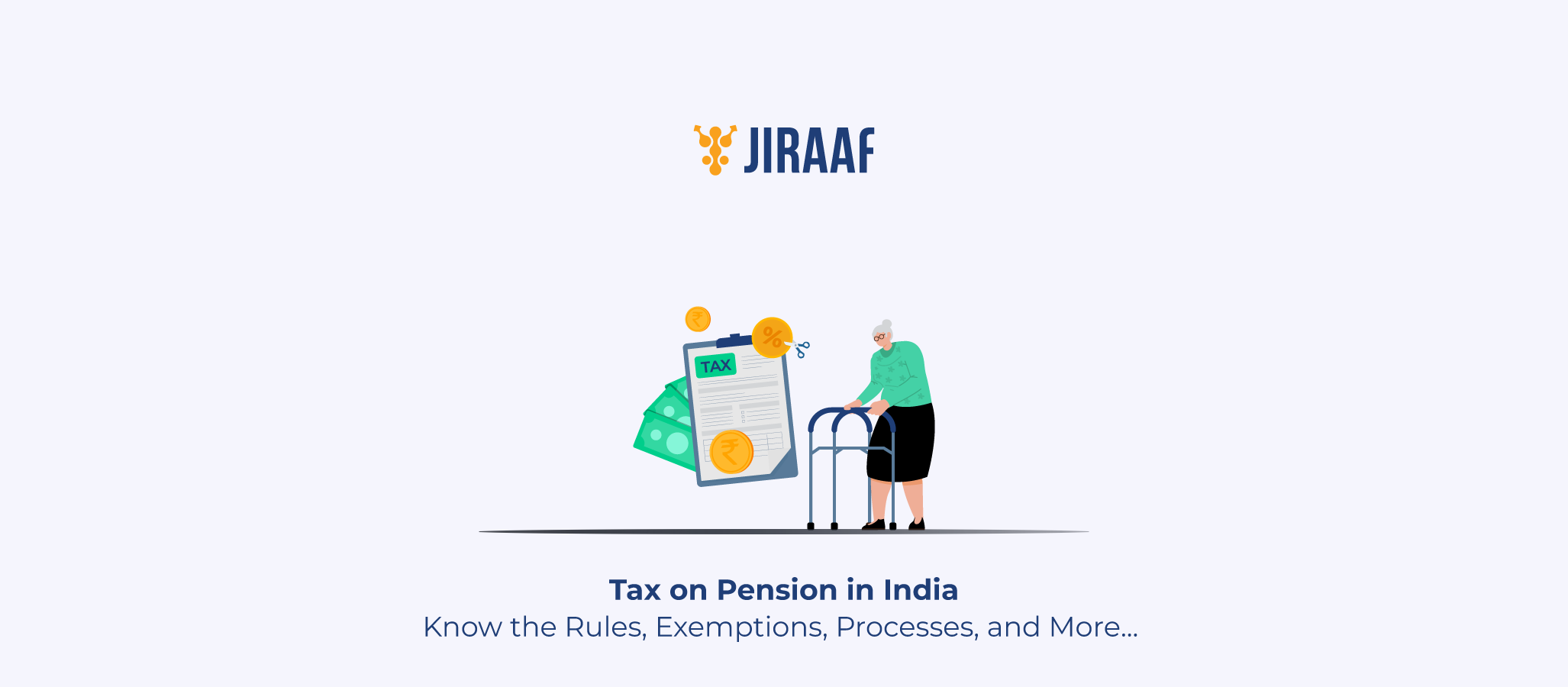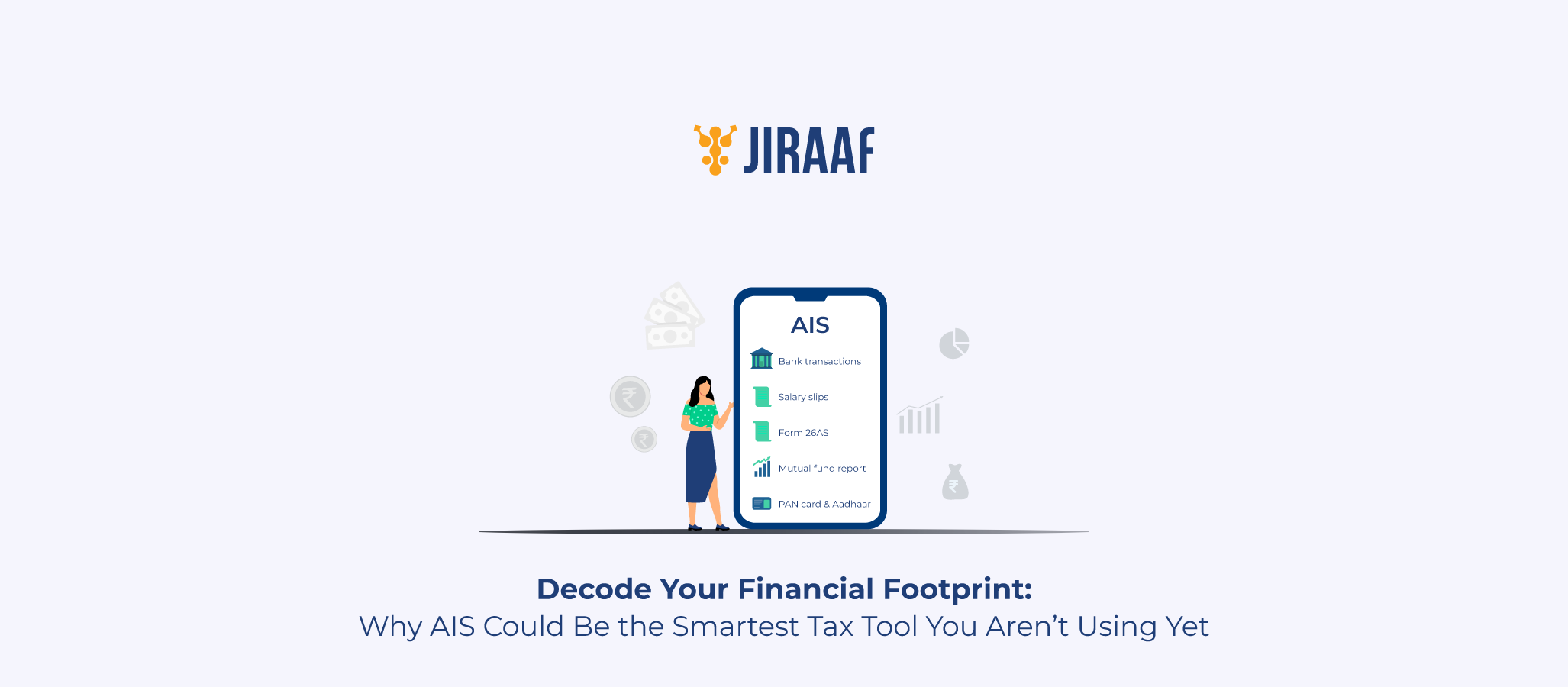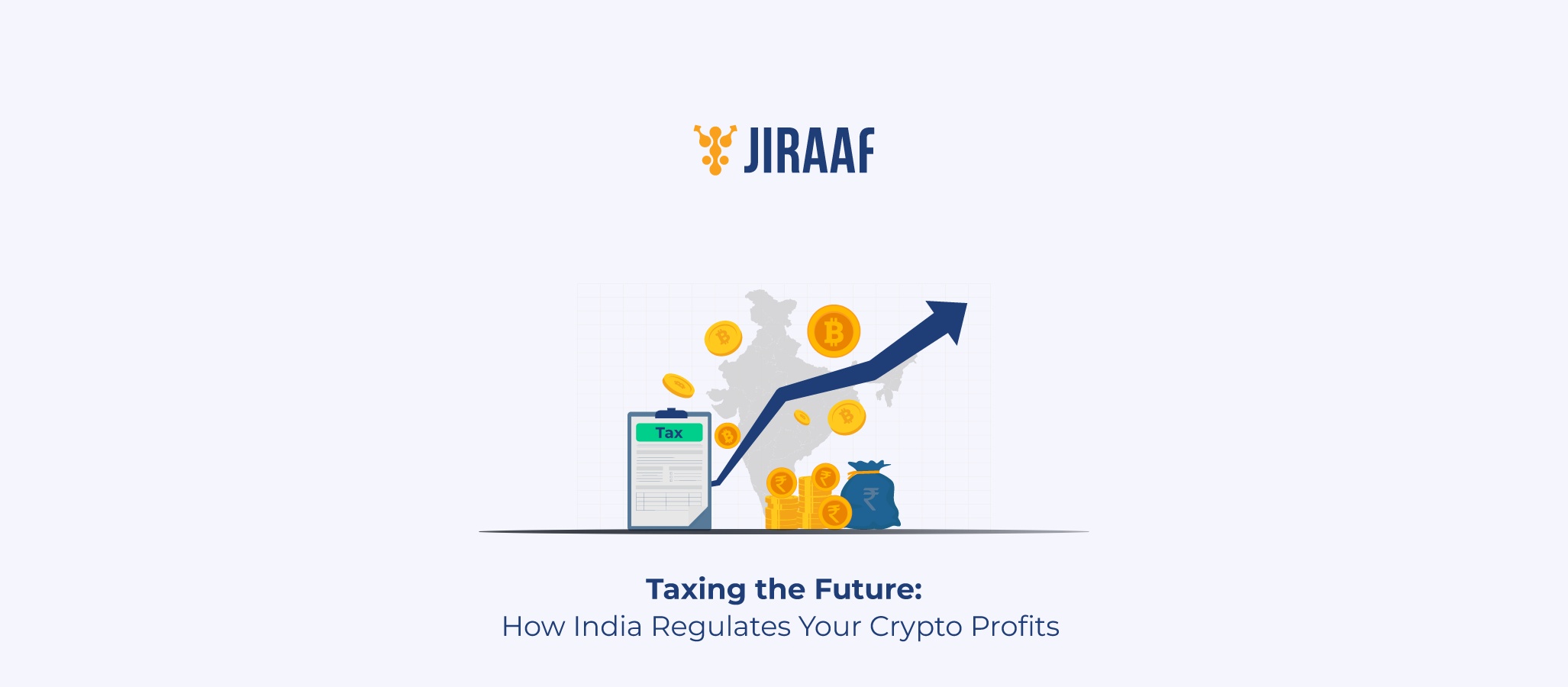So, you’re planning for retirement, but the big question is—how much of your pension will actually land in your pocket after taxes? Yep, the taxman doesn’t retire when you do!
From government schemes like EPS to private plans and the National Pension System (NPS), each has its own tax rules. It might sound complicated, but once you get the hang of it, it’s totally manageable.
In India, pension income can come in two flavors—regular monthly payouts or a one-time lump sum—and guess what? They’re taxed differently. Some parts are tax-free, others are treated like salary, and it all depends on where your pension’s coming from.
Let’s dig deeper into the two types of pensions.
What is Uncommuted and Commuted Pension?
Uncommuted Pension (a.k.a. Regular Monthly Pension)
This is your steady paycheck after retirement—just like your salary used to be. You get it every month, and unfortunately, it’s fully taxable under the head “Income from Salary.”
So yes, that cozy monthly pension – It’s not exactly tax-free. You’ve still got to file returns, just like before. The only difference is now you get to do it in your pyjamas.
Commuted Pension (a.k.a. Lump Sum Pension)
This is when you choose to receive a part of your pension as a one-time payment instead of regular monthly checks. The tax treatment here is way friendlier:
If you were a government employee—congrats! Your commuted pension is fully tax-free.
If you were in the private sector, you still get a break. One-third of your pension is tax-free, and the rest is taxable. But hey, one-third is better than nothing, right?
Taxation of Different Types of Pensions
Alright, now that you know pension income can be taxable, let’s dig a little deeper. Because not all pensions are taxed the same way. It depends on things like who receives it, how they receive it, and where they worked. Let’s understand this further.
Taxation on Commuted Pension
- If you were a government employee, you’re in luck! Your entire commuted pension is 100% tax-free.
- If you were in the private sector, you can get up to one-third of your commuted pension tax-free if you also receive a monthly pension. If not, you might be able to claim up to half as tax-free. The remaining amount, sadly, is taxable.
Taxation on Uncommuted Pension
- Your uncommuted pension is fully taxable under “Income from Salary”. No special treatment, no exemptions, just straight-up taxable. Bummer, right?
- But hey, on the bright side, you can still use deductions like the standard deduction and Section 80C to lower your overall tax burden.
Government vs. Private Sector Pension Taxation
If you were a government employee, you’re in luck! Most government pensions (especially commuted ones) come with major tax breaks. Plus, if you were part of a pension scheme without contributions from your side (eg. the Defined Benefit Scheme), that’s usually not taxed.
On the other hand, if you worked in the private sector, your pension (especially uncommuted) is usually treated just like any other salary income—and yes, it’s taxable. Commuted pension gets partial relief, as mentioned above.
Tax on Pension Received by Family Members (Family Pension)
Here’s something a lot of people don’t know: If you’re receiving a pension because a loved one passed away (spouse, parent, etc.), it’s treated differently.
This is called Family Pension, and surprise—it’s not taxed as “Salary”. Instead, it falls under “Income from Other Sources”.
But the good news is that you get a special deduction too! You can claim a deduction of ₹15,000 or one-third of the pension received, whichever is lower.
The rest is taxable. So, if you’re getting a family pension, don’t forget to file for that deduction while filing your return.
Tax Exemptions and Deductions on Pension Income
The Income Tax Department offers several deductions and exemptions to help reduce your overall tax liability.
Standard Deduction
If you’re receiving a regular monthly pension (a.k.a. uncommuted pension), you’re treated like a salaried individual. That means you get to claim the standard deduction of ₹50,000 automatically. No paperwork, no proof needed.
That means you get to keep more money for weekend getaways and impromptu dosa runs.
Section 80C
Just because you’re retired doesn’t mean 80C doesn’t apply to you. If you’re still investing in life insurance premiums, tax-saving fixed deposits, ELSS mutual funds,you can claim up to ₹1.5 lakh under Section 80C. And if you received a commuted pension, some of that may already be exempt.
Section 80CCD(1B)
Still contributing to your NPS? You’re allowed an extra ₹50,000 deduction under Section 80CCD(1B)—on top of the 80C limit. This one’s a secret weapon for reducing your tax bill even more.
Yes, even in retirement, you can keep building your NPS corpus and getting tax benefits.
Section 80D
Healthcare costs creep up with age, but your tax bill doesn’t have to. If you’re paying for health insurance premiums (for yourself, your spouse, or even your senior citizen parents), you can claim ₹25,000 for premiums (if you’re under 60), and ₹50,000 if you or your insured family member is a senior citizen.
And yes, preventive health check-ups count too (up to ₹5,000).
Family Pension Deduction
Quick recap from before: If you’re receiving a family pension, you can claim a deduction of ₹15,000 or one-third of the pension received, whichever is lower.
It’s not massive, but it makes a difference in your post-retirement life.
So yes, while pension income might have its share of taxes, you’ve got a pretty solid set of tools to bring that liability down. And guess what? A little bit of planning goes a long way in retirement.
Pension Taxation for NRI Pensioners
If you’re an NRI chilling in Singapore, sipping coffee in Sydney, or catching sunsets in San Diego, but then start to wonder, “Do I still owe taxes on my pension back in India?”
Let’s clear things up for you, globetrotter.
First Things First: When Do You Become an NRI?
The Income Tax Department defines your residential status based on how many days you’ve stayed in India during the financial year. If you’re outside India for 182 days or more, congrats—you’re officially an NRI (for tax purposes, at least).
Now, let’s look at what that means for your pension.
Taxation Depends on the Type of Pension
Government Pension (from India)
If you were a government employee and you’re now living abroad, your pension is taxable in India, no matter where you are.
Sorry, there’s no escape. The government gave you the pension, and the government wants its cut.
Private Pension/EPF/NPS
If your pension is from a private Indian employer or retirement fund, things get interesting. It may or may not be taxed in India, depending on your country of residence and whether India has a Double Taxation Avoidance Agreement (DTAA) with that country.
So, if you’re in, say, the UAE (which has a DTAA), you might be able to avoid paying tax in both countries!
Repatriation of Pension Income
Want to bring your pension income to your foreign bank account? You totally can. But make sure to:
- File Form 15CA & 15CB (required for remitting funds abroad)
- Check if you’re in accordance with FEMA (Foreign Exchange Management Act) regulations
- Choose the right NRO (Non-Resident Ordinary) or NRE (Non-Resident External) account for smooth transfers
Sounds complex? Yeah, a bit—but your bank or a CA can help with this.
TDS Woes? You Can Fix That
Indian banks end up deducting Tax Deducted at Source (TDS) on pensions—sometimes even when they shouldn’t. If you believe your pension shouldn’t be taxed in India (thanks to DTAA), you can:
- Submit Form 10F along with a Tax Residency Certificate (TRC) from your current country
- Avoid/reduce TDS using DTAA benefits
Basically, get your paperwork in order, and you won’t have to pay tax twice on the same money.
Quick Tip: If you’re planning to retire abroad (or already are), it’s super helpful to consult a CA who understands NRI taxation; it’ll save you a lot of late-night Googling and confused calls to your bank.
Filing Income Tax Returns (ITR) for Pensioners
Okay, so you’ve figured out what part of your pension is taxable, but now comes the big question: How do you actually file your taxes as a pensioner? Let’s break it down, step by step.
Step 1: Know Which ITR Form You Need
For most pensioners, this one’s a no-brainer:
- If your income comes mainly from pension and interest (from savings accounts, FDs, etc.), you can go with ITR-1 (Sahaj).
- If you have capital gains, multiple properties, or foreign income, then you might need to file ITR-2.
Still unsure? A quick chat with a tax consultant (or even your bank) can clear things up.
Step 2: Gather Your Documents
Don’t worry—you won’t need a mountain of paperwork. Just keep these handy:
- Pension statement or Form 16 (if issued by your pension provider)
- Form 26AS (for tax already deducted, like TDS on pension)
- Interest certificates from banks or post offices
- PAN + Aadhaar
- Proof of investments/deductions (for 80C, 80D, etc.)
Basically, anything that shows what you earned and what you saved.
Step 3: File Online—Yes, You Can Do It Easily
Gone are the days of standing in line at the tax office. Now, you can file your return right from your couch. Just:
- Visit the Income Tax e-filing portal
- Log in using your PAN and password
- Choose the right ITR form (usually ITR-1)
- Fill in your income, deductions, and bank details
- Review, submit, and verify (via Aadhaar OTP, net banking, or EVC)
And you’re done!
Step 4: File Before the Deadline!
The usual due date to file your return is July 31st of the assessment year. So, for income earned in FY 2024–25, you’ve got until July 31, 2025, to file without penalty.
Pro tip: Don’t wait till the last minute. The earlier you file, the earlier you can relax and maybe even score a refund.
Special Perks for Senior Citizens
If you’re 60 or older, guess what? You get a few tax-time privileges:
- Higher basic exemption limit (up to ₹3 lakh for senior citizens, ₹5 lakh for super seniors)
- No advance tax if you don’t have business income
- Some banks even offer help with filing!
Being older has its perks—especially during tax season.
Concluding Thoughts
Now that you understand pension tax rules, let’s see something most people overlook how to sequence your withdrawals. It matters just as much as what you withdraw.
If you’re juggling multiple retirement buckets—like NPS, EPF, PPF, annuities, or even mutual funds—consider drawing from the most tax-efficient sources first. This not only helps reduce your tax burden over time but also ensures your money lasts longer. It’s called tax-smart retirement income planning, and it’s the secret sauce to getting the most out of your golden years.
One last tip? Don’t wait till retirement to think about all this. Talk to a financial planner early on, simulate different withdrawal scenarios, and build a personalized game plan. Because the goal isn’t just to retire—it’s to retire smart.
FAQs
Do I Need to File an ITR For My Pension Income?
Yes, you need to file an ITR if your total income, including pension, exceeds the basic exemption limit (₹3 lakh for senior citizens, ₹5 lakh for super senior citizens). Filing also helps you claim refunds and keep your financial records clean, even if no tax is due.
Are There Any Tax Benefits for Senior Citizens Receiving Pensions?
Yes! Senior citizens get a higher basic exemption limit, a ₹50,000 standard deduction on pension, and extra deductions under Sections 80C, 80D (for health insurance), and 80TTB (interest income). Plus, no advance tax if there’s no business income.
Under Which Head Is Pension Taxable?
Pension is taxed under the head “Income from Salary” if it’s received periodically (uncommuted pension). If it’s a lump sum (commuted pension), it may be fully or partially exempt, depending on your employment type. Family pension is taxed under “Income from Other Sources.”
What Is a Family Pension Exemption?
Family pension (received by a nominee after the pensioner’s death) gets an exemption of one-third of the pension or ₹15,000, whichever is lower. The remaining amount is taxed under “Income from Other Sources.”
Is TDS Deducted from The Family Pension?
Yes, TDS (Tax Deducted at Source) is deducted from family pension if it exceeds the taxable limit. However, you can submit Form 15H (for senior citizens) or Form 15G (for others) to avoid TDS if your total income is below the taxable threshold.
Discover fixed income investments with Jiraaf, a SEBI registered online bonds platform that educates and brings access to a wide array of bonds. Sign up today to explore diversified fixed income investment opportunities to support your goal-based wealth creation journey. Start investing!




